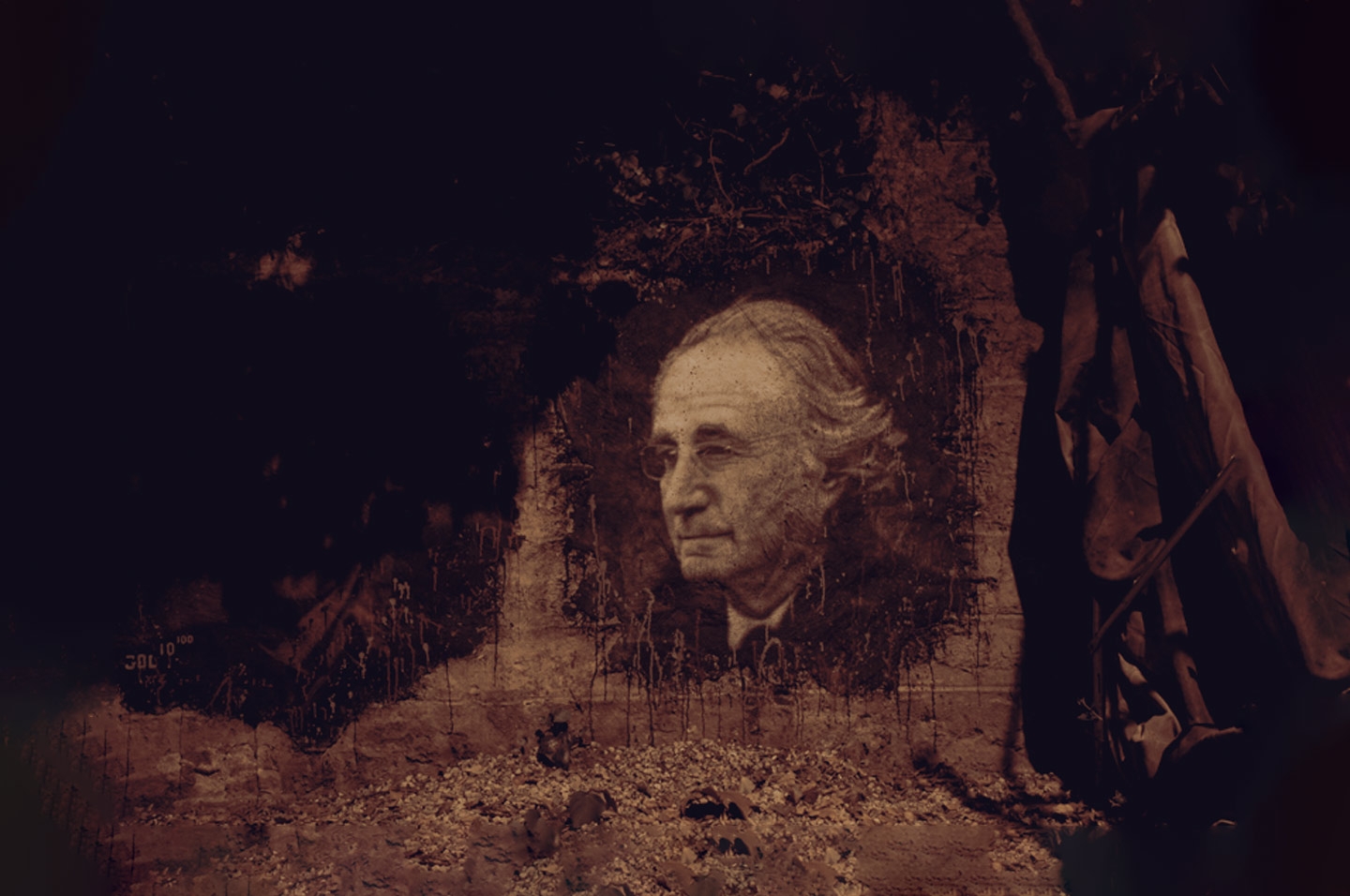
Santa Claus Rally
In a year when the markets fluctuated wildly between naughty and nice, investors could do with a Christmas present. Despite his busy schedule, it seems like Santa doesn’t usually forget the stock exchange.
2022 has undoubtedly been painful for most of our wallets. We dealt with record-breaking inflation, the fastest rate hikes in history, impending recession and a bearish stock market. While many continue to find opportunities within these conditions, there is no doubt we’d all still appreciate a Santa Claus rally.
The term “Santa Claus rally” was first coined in 1972 by Yale Hirsch, a market analyst who observed abnormal returns in the last days of the year. It’s described as a stock market rally that happens around Christmas time, encompassing the last five days of the year and the first two days of the new year.
This rally occurred 57 times in the 70 years between 1950 and 2020. Every time, the S&P 500 went up by an average of 1.3% during those seven days alone.
Several analysts have attempted to understand the causes for the year-end rally, but no conclusive evidence points to a specific reason. Hypotheses include the market’s optimism for the new year, short sellers and pessimistic investors taking a break during the holidays, and end-of-year bonuses and gifts providing investors with more capital. Some even say that, due to the increasing popularity of the phenomenon, it has become a self-fulfilling prophecy: people invest believing that it will happen.
Whatever the real cause is, investors this year could certainly do with a festive spike. Last year’s Santa Claus rally pushed the S&P 500 up by 1.4%. Let’s make a wish that Santa continues his generosity in 2022.

